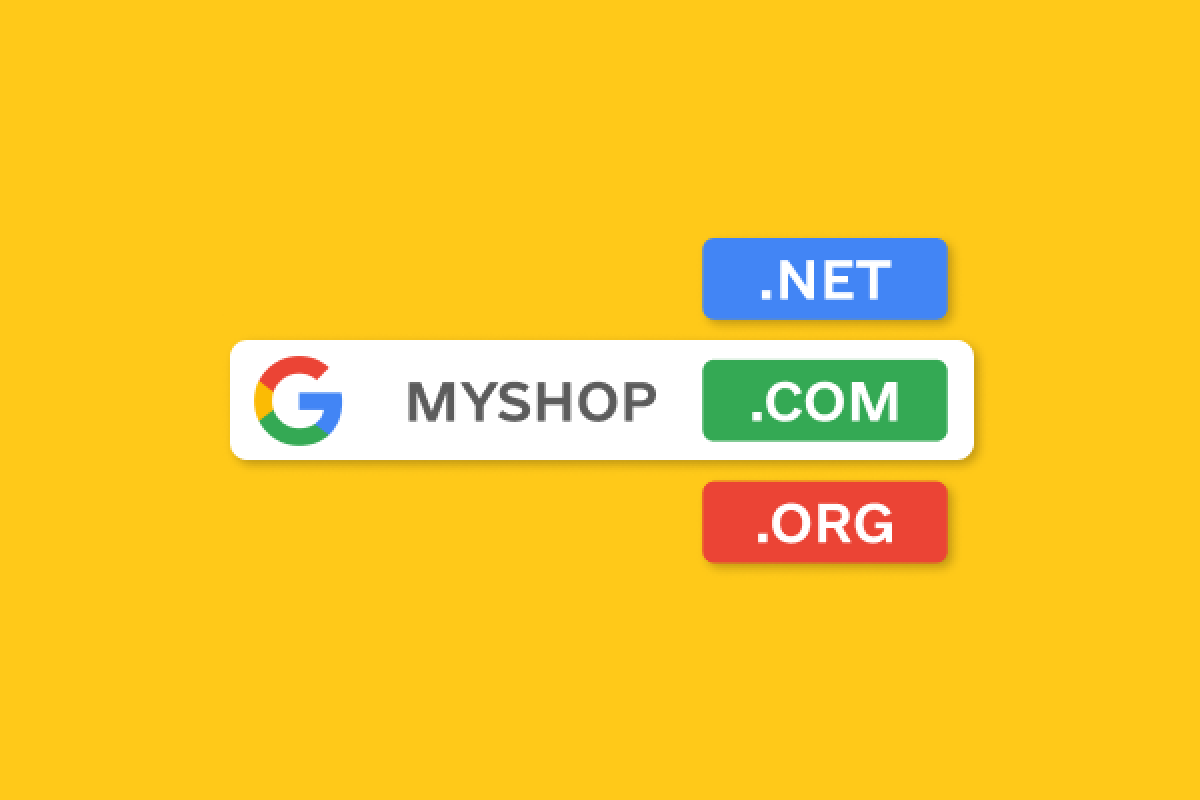SERP is the page that a user sees in response to their search query. The abbreviation stands for Search Engine Results Page. The search engine personalizes the SERP according to the user's characteristics, such as geotargeting parameters. For this reason, two people can see different results for the same query. The search engine's task is to make the SERP as relevant as possible to the user's search query.
SERP consists of many elements, the main of which are organic search results. This is a list of pages that are displayed for free in response to the query and are ranked according to the search engine's algorithms. In addition to links to search results, each position in the search output has a title and description that should inform the user about the content of the page. The search result can also have an extended snippet, which provides additional information about the site. In addition to organic search results, SERP contains:
- commercial results — sites that are advertised for the search query through contextual advertising;
- product cards — if the search engine is Google and the query is related to purchasing a product, then the page will offer suggestions from Google Shopping;
- shortcuts — blocks with quick answers to the user's query, which can answer the query without even going through the search results;
- navigation elements — buttons that help to switch to a section with images, videos, maps, and see results for the user's query;
- video carousel — if the system believes that there are relevant videos for the query, it will display them on the SERP page;
- related queries — the system may suggest a list of queries that complement the main query and can provide additional information to the user;
- page list — a list of pages with search results that the user can navigate through.
The search engine decides which elements will be displayed on the search results page. Google uses various closed algorithms that are not fully known to the public. Site owners can appear on the SERP page in two ways — through SEO promotion and contextual advertising. In the first case, the site will be displayed in the free organic search for certain queries, but it is unknown at what position in the list. And in the case of paid advertising, the site will appear in the most advantageous positions in the output, but this depends on the level of competition with other advertisers.



